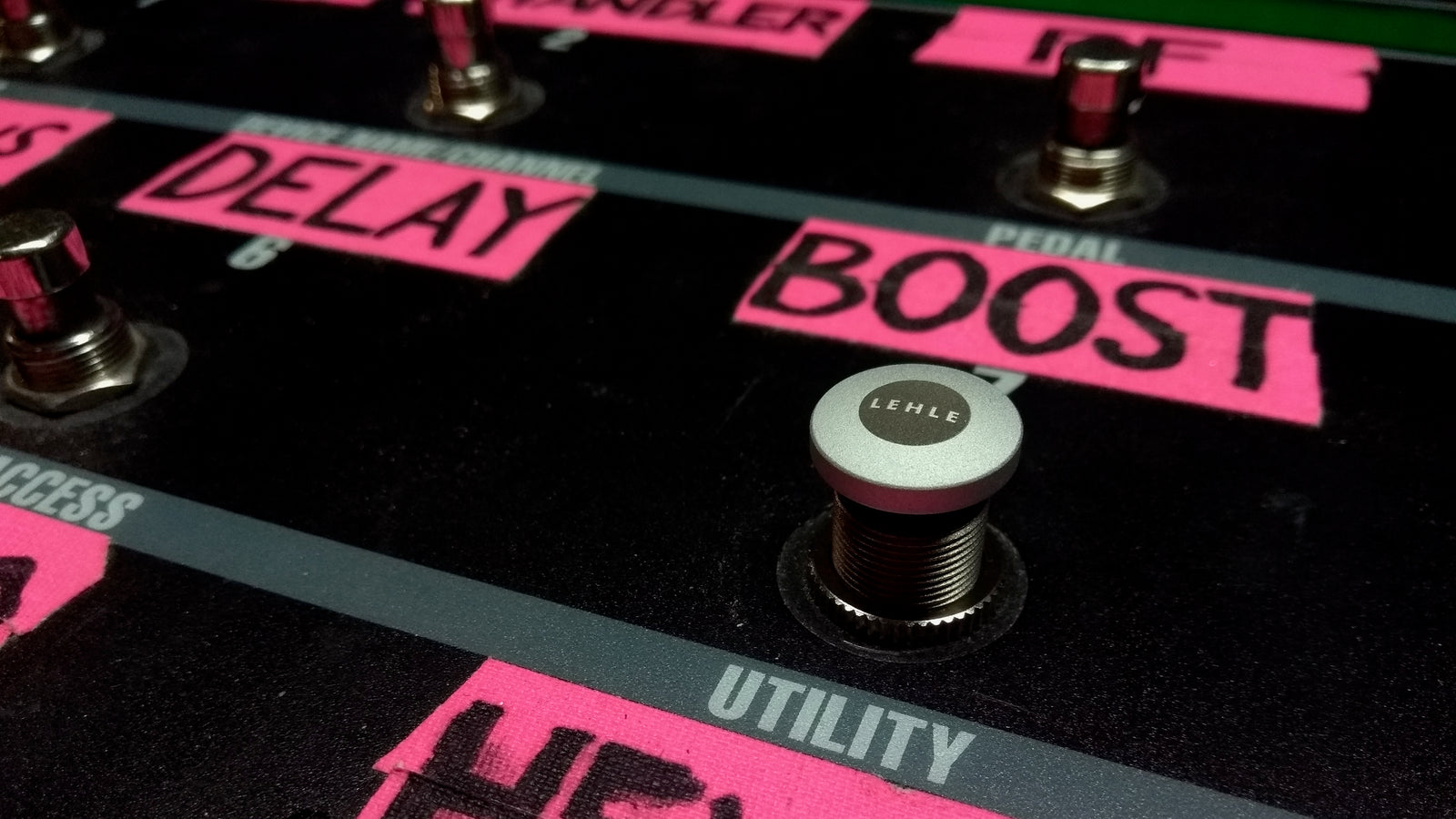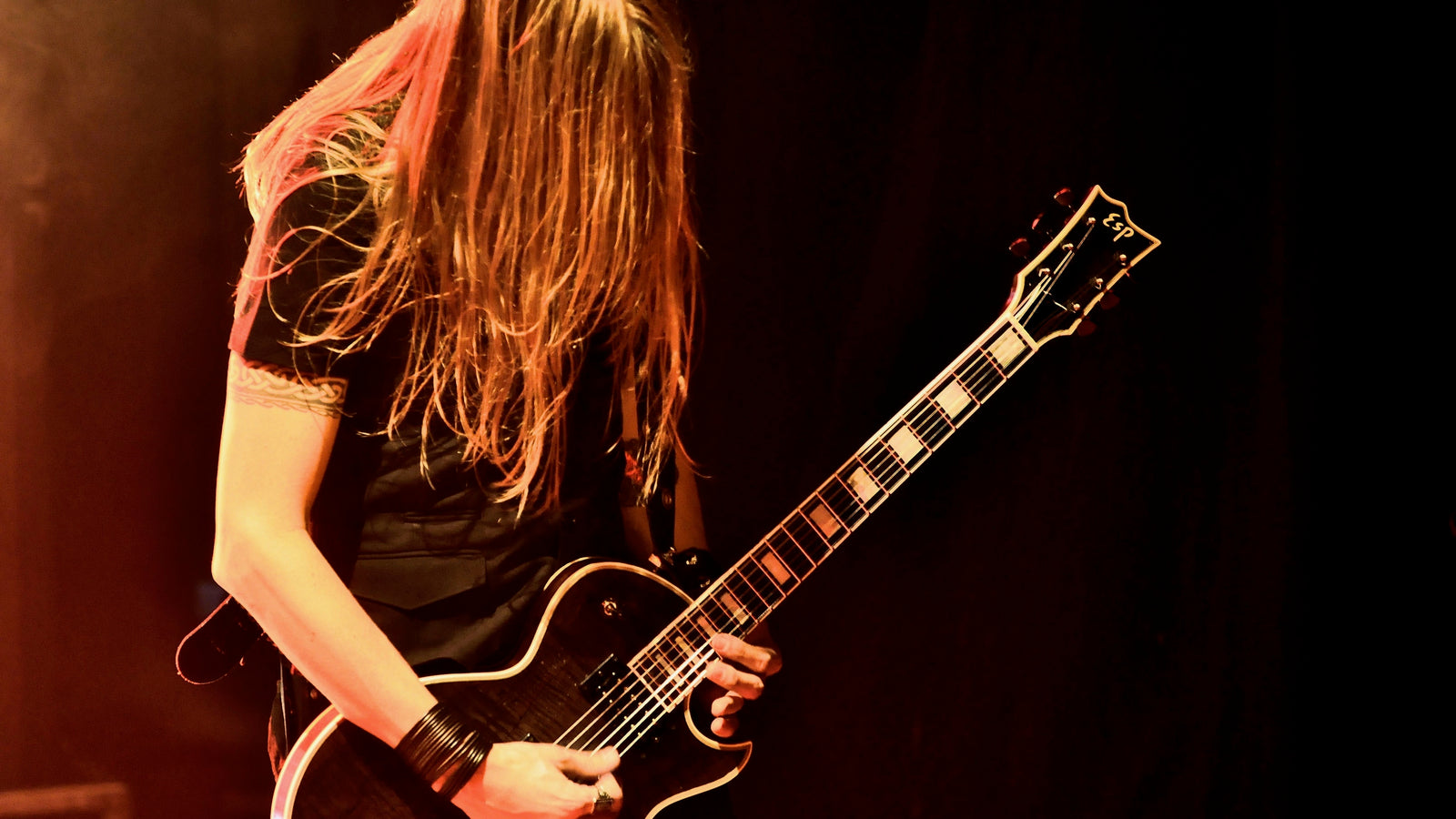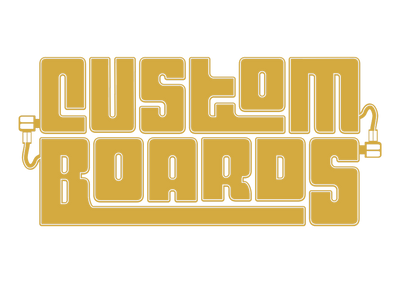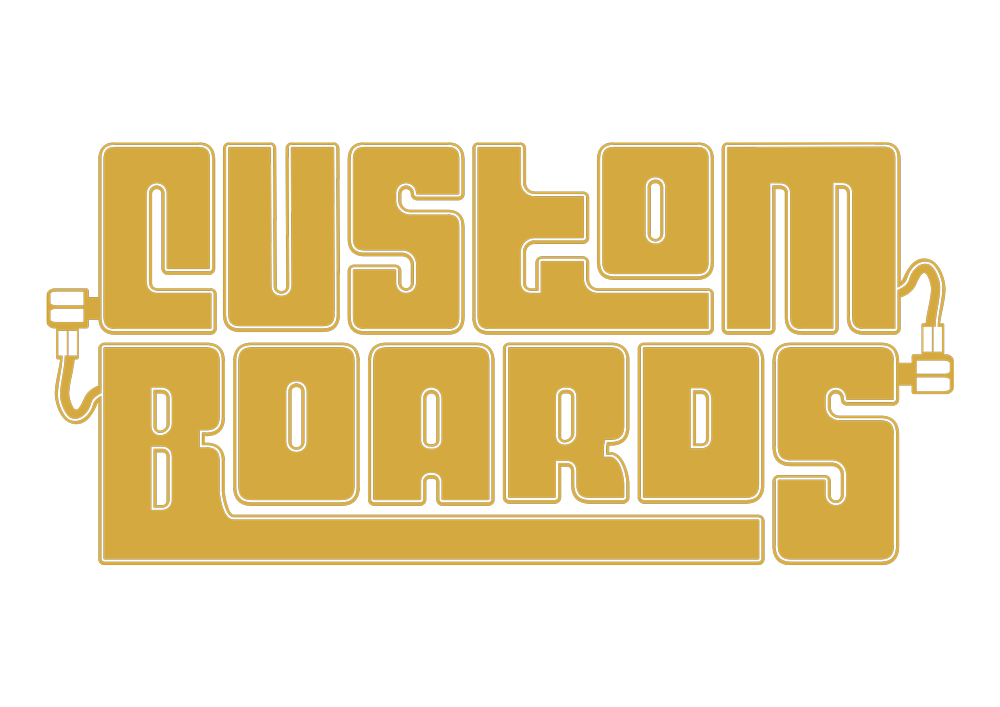The chosen one - Tony Iommi
March 25, 2015
LEARNING TO PLAY songs on guitar that you’ve known for a years can be a very rewarding. I might have listened to certain songs hundreds of times, without ever giving thought to how a certain riff is actually played, or what key the song is in. I might have mangled a riff into a slightly different shape in my head, which makes learning the song in earnest and note-by-note a very inspiring pastime.
Today I have been getting to grips with a genuine gem – Black Sabbath’s “Symptom Of The Universe” off of the Sabotage album. I have been able to hum and whistle the song’s melodies and riffs by heart for decades.
Tony Iommi kicks in with one of the heaviest riffs known to mankind. I try to find the correct spots on the fretboard. He seems to have used the same tuning as on the previous albums, three half steps down to C#-standard. The riff, the chords, the bridge, the fast part and the end – I can map out the main ingredients of the track fairly quickly.
Next I put up a live video, because I want to take a look at Iommi’s fingerings and fretboard positions. First up, I select one of my old favourites, a show from the Never Say Die Tour, filmed in June of 1978.
Something seems strange. I find the chords on my guitar, which shows me why. The song is in a much higher key, three frets up, actually, which translates to one and a half full steps. A look at Tony Iommi’s fretting hand confirms what I suspected. Iommi’s and Geezer Butler’s instruments are tuned to E-standard! But why? This transposes the song’s key from E to G.
A song’s key is often dropped a little bit on tour to preserve the singers voice. Black Sabbath, too, have used this trick on later tours, where some of the tracks off of the first two records are played in either Eb- or C#-standard. Some songs sound worse after transposition, but it is easy to understand, that a singer’s voice is an instrument which is influenced by aging and lifestyle decisions. Raising a track’s key in a live situation is very uncommon.
Even though the band’s vocalist, Ozzy Osbourne, is still quite young in this video, and even though he has a naturally high singing voice, even he has his limitations. The most tragical, and puzzling, result of this drastic raise in pitch is that Ozzy’s performance is influenced negatively. To put it bluntly, the vocals on this video are dreadful. Why did Ozzy agree to this key change? He had already split from the band, but agreed to return for a final tour. Did bandleader Iommi have the singer in some sort of stranglehold? Did he justify the key change by claiming that too many guitar changes would ruin the flow of the show? On the video, as during all the gigs of that tour, the next track is "War Pigs", which is always played in E-standard tuning. Still, this key change doesn’t seem to make any logical sense.
The strange decision also had a negative effect on my views of Ozzy’s singing skills. I had first watched this same recording when I was 12 years old. It was my first brush with the band I would go on to admire greatly, but back then Sabbath seemed an almost amateurish band to this young music fan.
Ozzy wasn’t yet under the guiding hand of Sharon Levy (the daughter of the band’s manager Don Arden), which made it easy for Iommi to push him over, and he stood there on stage, trying to hit the really high notes of the opening track one and a half notes up. To this young listener’s mind, Ozzy Osbourne seemed to be a spent force, a has-been, who had lost his voice, even if the truth turned out to be quite different. This – false, as it turned out – assessment of Ozzy lingered for a surprisingly long time in my mind. It took the better part of 30 years for me to realize how wrong I was.
Despite everything, though, this concert video of Black Sabbath left an indelible impression on my mind. “Paranoid” was – and still is – a fantastic song, just like “Children Of The Grave” and “Sabbath Bloody Sabbath”, which I had even seen running on TV back then.
I started buying the band’s albums, I went out and bought a song book, and I practiced on my guitar. The songs seemed to be just about easy enough for a 15-year old young guitarist, even the solos. Remembering this, it seems somewhat ironic that my middle-aged self seems to find playing the same songs so much harder. I have to concentrate and put my all into each note. With 20/20 hindsight, it is easy to admit that Iommi’s playing contains many elements that my young self simply couldn’t hear. Year by year, I seemed to be able to delve a little deeper into the band’s music, until, at a certain point, I made a leap in my understanding of Black Sabbath.
BLACK SABBATH only took over my life for real in the mid-Nineties. The band had just released a two-part documentary, which also included several tracks from a show in Paris in 1970, while they were on their Paranoid Tour. Belgian TV had recorded this gig, and it showed an energetic young band at the start of its career. I was overjoyed when I got a copy of the whole concert from a friend.
In the times of YouTube it is maybe hard to understand, what a monumental find this video really was for me. I watched it on heavy rotation. The band were playing great. Drummer Bill Ward still showed off his jazzy side back then, before shifting into much straighter drumming later in his career. Geezer Butler’s Fender Precision never sounded so good. Iommi played with a very dry sound, and less distortion than you would think, and the band sounded rather close in style to Led Zeppelin.
A Zep video from the same year is a fitting reminder of how close both bands still were to each other, at that point in time. They made fine use of dynamics, both were very soulful bands. Both bands also were still playing in smaller venues. Later on, when they had turned into stadium-filling acts, some of the intricate edges were trimmed off, and part of the dynamic touch was replaced by much more straightforward playing.
While Jimmy Page wows you with his technical prowess, Tony Iommi’s playing is very raw in a most seductive way. His main weapons are his deceptively simple, but highly innovative riffs, as well as his artful use of the pentatonic scale in any possible position on the neck. In the late Nineties, my humble bedsit was rocked non-stop by the sound of Sabbath’s legendary first six albums. Stoner Rock was truly on the rise, with many of the new bands naming Black Sabbath as their main point of inspiration and reference. Groups like Cathedral, Sleep, Corrosion Of Conformity, Orange Goblin, and many more shaped their own riffs in the tradition of Sabbath.
No wonder the Stoner-community was delighted by the news, when Black Sabbath announced their return back then. Those shows were fantastic. I wrote a review of the band’s gig at Finnish festival Provinssirock for the Rock magazine “SFP Metal Magazine”.

When Sabbath finally played a show in their original, classic line-up at Helsinki’s Jäähalli arena, I must admit I shared more than just a couple of tears. I was moved, both by the majestic beauty of the music and the shape Ozzy was in physically. I was sure that Ozzy’s career was over, because he looked so tired and burnt out. Iommi, on the other hand, was in top form. To listen to the master live was an earth-shaking experience. The decades of playing had honed Iommi’s touch to stratospherical heights – something that is also confirmed by the recordings the band released from that tour.
Tony Iommi's playing seemed to reach something of a climax, some ten years later, when Heaven and Hell – a “version” of Sabbath, fronted by the late, brilliant Ronnie James Dio – made an appearance at Q-Stock, a festival in Northern Finland.
Back then, I was working as a guitar technician on the same stage, which gave me a great opportunity to take a look at Tony Iommi’s rig. This show was one of the best gigs that I’ve ever seen, confirming Iommi’s God-like status in the realms of Hard and Heavy guitar-playing.
IN THE INTERIM, Sabbath had not been too far from the picture, either, and there were a few funny coincidences along the way. Many people aren’t aware that Tony Iommi has a close connection to Finland. His daughter had been married for many years to HIM’s guitarist Mikko “Linde” Lindström. Funnily enough, Lindström uses the same guitar as Iommi to play very similar riffs. The two men must have had some interesting conversations, I would imagine, and Iommi has also been spotted at several of his in-law’s shows in his own hometown of Birmingham. There’s one nice little anecdote I remember well.

Iommi had been an avid user of Laney amplifiers – made in Birmingham – for decades. For some reason Iommi had switched to Engl amps in 2009, though. Laney weren’t actually pleased with this development. Before HIM’s show I had a meeting with Laney’s A&R representative, during which we also discussed the possible reasons for Iommi’s switch.
This was probably the night I genuinely went all the way for a client’s guitar sound. I don’t doubt that Linde still was under considerably more pressure, as he knew his father-in-law would be watching him play from his seat. Luckily, Iommi was really impressed by Linde’s sound, and he asked him, what amplifiers he was using. The answer was “Laney”.

We used two amps running simultaneously, which were put in the correct phase relation. Tony Iommi’s tone was our gold standard, of course. And here was the man himself, praising Linde’s sound, and returning into the fold not long after. At Laney, people were pleased as punch, and the company planned to release a special celebratory model in Iommi’s honour. Just a coincidence? I couldn’t say.
It must have been quite an adventure for Linde to be able to meet his idol, listen to Sabbath demos in the studio, and record a charity song together with the master.
AFTER ALL THIS PRAISE, we should probably take a look at what makes Iommi’s guitar-playing so special. What are the ingredients he uses to create his magic?
- Tony Iommi uses SG-type guitars, loaded with medium-strength humbuckers or P-90 pickups.
- Iommi tends to play his riffs on the bottom string, even if he has to fret a riff above the 12th fret. This means he plays at the upper end of the fretboard, which gives the notes more fatness. Try playing Paranoid starting at the second fret on the D-string. Repeat this at the 7th fret on the A-string. And then play the riff at the 12th fret on the E-string. The notes are exactly the same pitch and octave, but they will sound different. This is a very important aspect if you want to recreate Iommi’s guitar sound.
- Iommi started the practice of tuning down for heavy music. The band’s first two albums were recorded in standard E-tuning, but he went down to C#-standard for the next four albums. Wikipedia’s information, claiming that Iommi had first tuned down one half-step, before changing his tuning to one-and-a-half down is simply not true.
- Iommi uses light strings. Combined with the C#-tuning, the light gauge strings require you to keep a cool head to say in full control of your pitch. Iommi plays very calmly – you could even say cold-bloodedly – on stage. He isn’t jumping around, because a .009 - .042 set feels very loose in C#-standard. The light gauges do have certain advantages, though: They have a completely different type of attack compared to bigger strings, when damped using the picking hand. Thin strings also produce the drone-style sound the band is known for, where picked strings go slightly sharp right after the attack, before settling back into pitch.
- Iommi has a very personal style of vibrato. According to Iommi, he wanted to make his power chord fifths sound bigger, so he started adding vibrato to them. You might ask why he hasn’t simply added bigger chord voicings. The answer lies in the most cryptic of variables, which influenced his tone: Right before going professional, Tony Iommi lost the tips of his middle and ring finger. He had been working in a metal factory, and got his fingers caught in a pneumatic press. He was about to give up on music, when he found encouragement in Django Reinhardt’s music. Reinhardt could only properly use his index and middle fingers, after he got badly burned in an accident.
HOW DID HIS INJURY affect Iommi’s playing style? Normal barre chords proved very difficult and painful to finger, so he concentrated on the basic fifth. It was much easier to shift the power chord up and down the fretboard. He detuned his guitar and put on light gauge strings to make fretting easier, which made him discover a new type of guitar sound almost by accident. This sound was to become the cornerstone of the Heavy Metal-genre, a style of music that often touches on occult and religious themes.
An important part of his image is Iommi’s “devilish” grin. Despite being responsible for inventing the Heavy-genre virtually single-handedly, he doesn’t roam the stage with a moody look. Instead of giving the audience “the guitar face”, you can always see him with his inimitable smirk, which creates a very interesting contrast to the band’s dark riffs and brooding lyrics. His smile makes you feel a sense of danger, something often amiss in the teeth-gnashing guitar faces of many modern guitarists with their buzzy guitar sounds.

WHAT ABOUT the master’s sound, then? You could think that his tone is basically only heaps of preamp gain, which isn’t really true. Much of his sound is due to Iommi’s use of a Dallas Rangemaster Treble Booster, which adds a very incisive pick attack and a special crunchy buzz. His sound has a lot of mid-range, in addition to the strong attack. One great example are the brilliant guitar sounds on the Master of Reality -album. A fine example of Iommi’s boost tone is the riff to "Sweet Leaf", which you can listen to in this “isolated” clip.
If you already use a British amplifier with a good dose of gnarly mid-range frequencies, you might not need the additional booster. But if you’re the proud owner of a vintage Brit amp – or its reissue – the most faithful way to Iommi’s sound would be a Fulltone Ranger Treble Booster, which uses the same components as Iommi’s vintage Rangemaster.

ONE OF THE MOST enjoyable parts of my journey into the depths of Black Sabbath’s riffs, was to notice all the little surprises in Iommi’s phrasing. This is even more underlined, if you’ve been listening to Black Sabbath for ages, and you can hum their riffs by heart. Here are three riffs, each containing a special ingredient:
Snowblind
The verse riff (0:16) uses open strings. While the fretting hand is parked at the seventh fret on the A-string, every now and again the open A-string is played. After a slide, the riff ends on the open g-string.
Sabbath Bloody Sabbath
The riff kicks off with open strings, not with a D5 on the A- and D-strings at the fifth fret. Iommi then uses hammer-ons to go from the open A- and D-strings to an E5 at the seventh fret. Even though it would seem logical, the riff doesn’t start with a fretted fifth.
Paranoid
This track only gets better with time. The relentless eighth notes on the kick drum are a vital ingredient, which gives the song a sort of “New Wave” or “Proto-Punk” feel. With hindsight, it is easy to see how much ahead of its time this song was. It would take years before other bands would pick up on Sabbath’s guitar tones. Funnily enough, even though "Paranoid" has a lot of Punk-type attitude, it was the advent of the Punk-genre that made Sabbath look like dinosaurs in the end. Iommi finishes each line by hitting the three open treble strings in sync with the snare drum.
25.3.2015 Kimmo Aroluoma
The writer is the owner of Custom Boards Finland. He is a veteran guitar tech who has toured for years with Finnish bands HIM, Amorphis, Michael Monroe, The Rasmus and Von Hertzen Brothers. Today he designs pedalboards and runs his own web shop in Helsinki, Finland.
Also in Custom Boards Blog

Ursus Factory and the Sixth Generation of Guitar Rock
June 10, 2021
I've been noticing clear signs of me turning into an “old fart” over the last few years. It’s only a few short months before I will turn 50, and it seems ever harder beam myself back into my 30-year old “hippy” state of mind. Am I – is Custom Boards – still a relevant player in the eyes of the new wave?

Revolutionizing the market - Lehle Components
May 09, 2020
German engineer Burkhard Lehle unveiled his plans for the Lehle Components a few years ago at 2014’s NAMM Show. He would release his own line of audio components, which will include brand-new designs alongside his older inventions.

Unforgettable Gigs – Part 1: Amorphis in the Balkans
April 27, 2020
Amorphis’ manager, Jouni Markkanen told me to be extremely careful, and made me clear that I had to have the gig fee in my hands, in cash, before allowing the band to leave their hotel for the venue.
Liity postituslistalle ja saa ajankohtaiset sisällöt suoraan sähköpostiisi.

